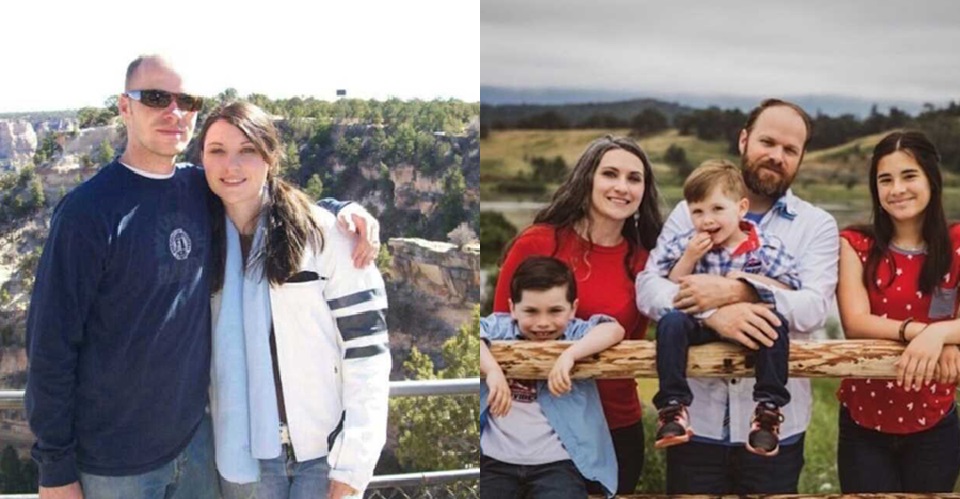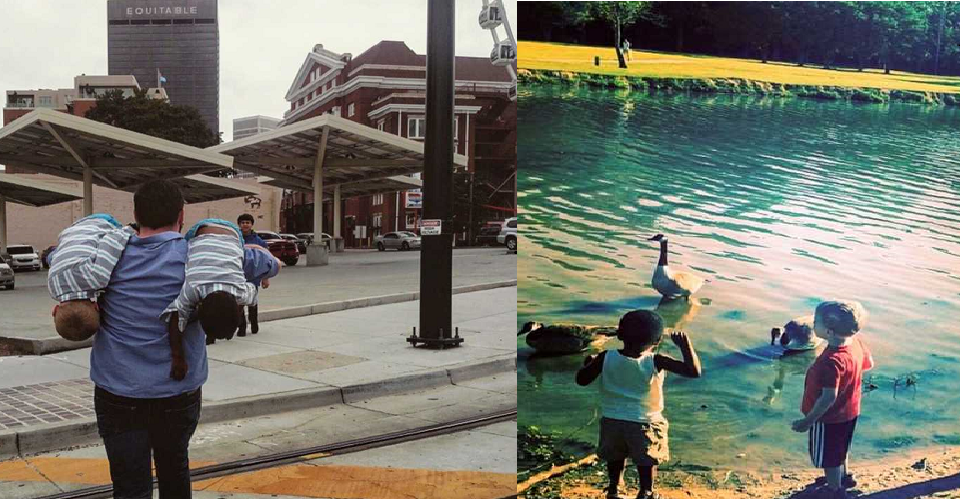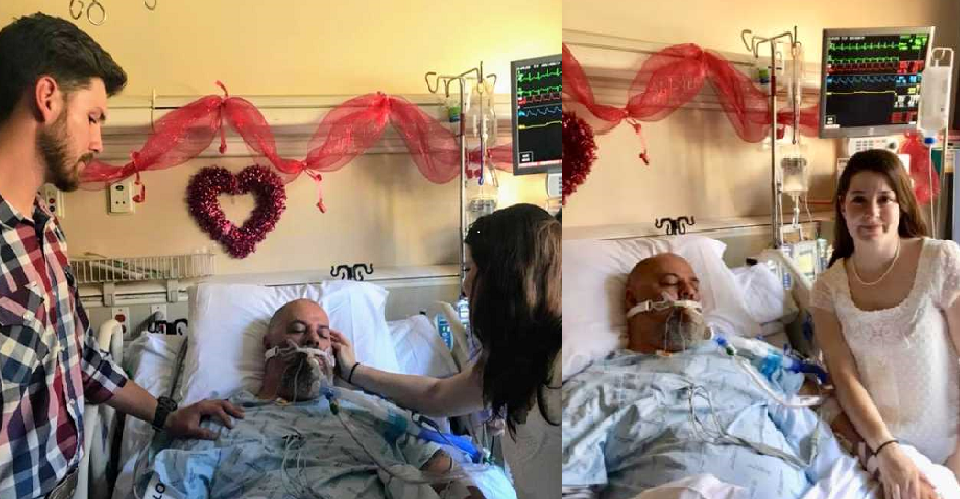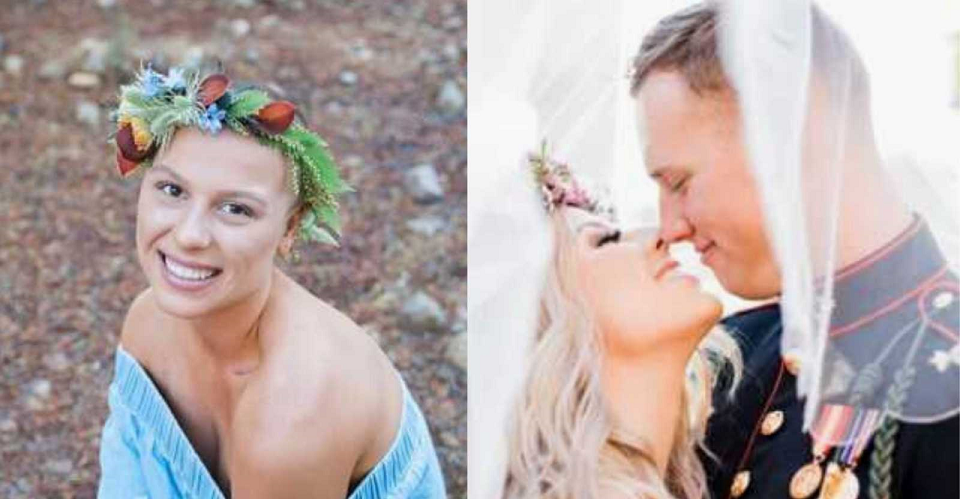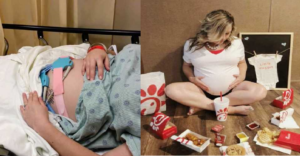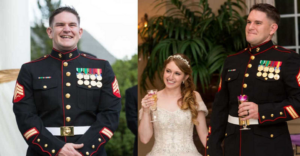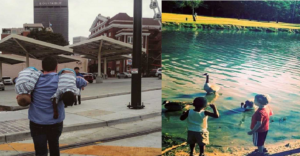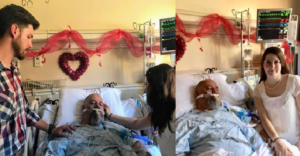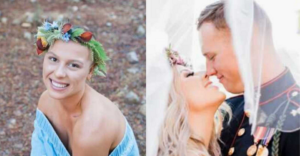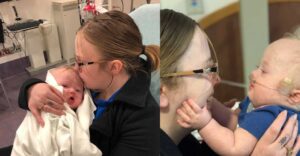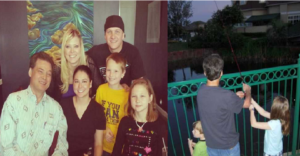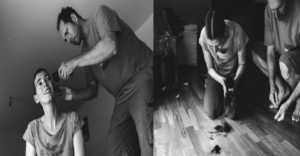Love makes a family; paperwork, diagnoses, and timelines don’t. Lauren met Josh at church in 2005 and pictured a noisy, happy home with three or four children, trips, and laughter. Adoption wasn’t part of the plan then; she expected to carry all her kids and had no reason to think otherwise. She’d always been active and healthy.
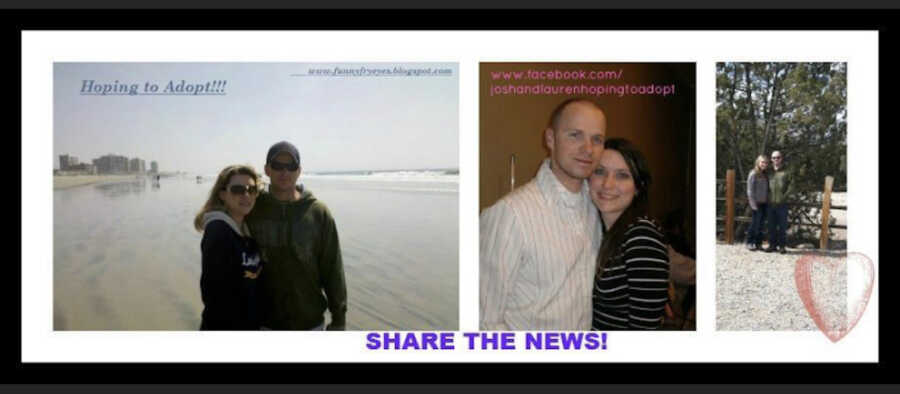
They married in 2007 and started trying soon after. By late 2008, after many months with no pregnancy, she saw specialists and learned she had PCOS and a small pituitary tumor. Information was limited, the learning curve was steep, and every new appointment brought hope and expense. IVF offered the best odds, but the price was out of reach, insurance barely helped, and they didn’t want debt. Around 2010–2011, they turned toward private adoption.
They dove in—paperwork, classes, health checks, home studies, background checks—everything from finances to the dogs’ vet records. It felt intrusive and unfair that only adoptive parents had to jump through so many hoops, but Lauren kept her eyes on the goal: a child to love. Then came five failed matches in two months. Joy would flare and vanish in a single afternoon. After so many wild swings, they pulled their profile to breathe and heal. In 2013, they tried again through foster-to-adopt and widened their age range. Midway through another round of classes and forms, they were chosen for a nearly six-year-old.
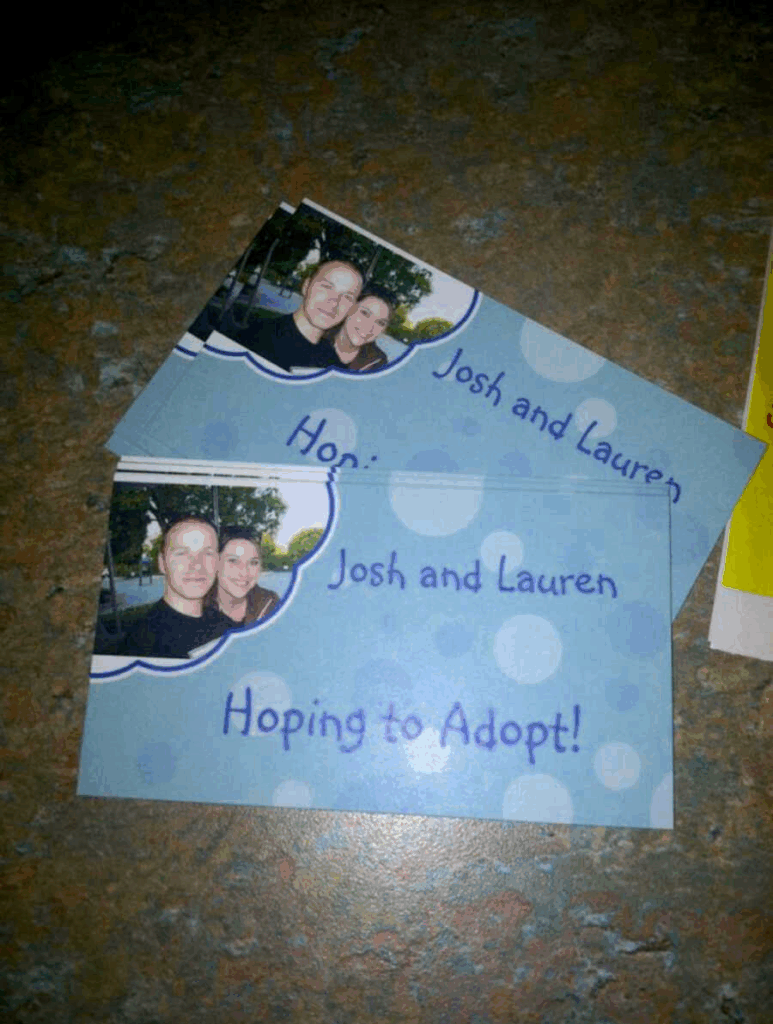
Their daughter arrived with PTSD and reactive attachment disorder, terms that were new to them but quickly became their daily reality. Parenting her was an answer to prayer and a plunge into the deep end. The classes hadn’t prepared them for trauma. Lauren searched, read, asked questions, and found therapists who could help. Over about eight years, including EMDR therapy, their daughter learned ways to cope. Nine months after placement, in September 2014, the adoption was finalized.
Then, in November 2014, came the shock: Lauren was pregnant. She hadn’t changed much in her routine beyond a stack of over-the-counter vitamins and steady, healthy habits. After years of specialists and tears, the ultrasound felt unreal. The pregnancy was high-risk PCOS, stress, and later gestational diabetes, but she managed her blood sugar with food and movement, hoping to avoid more medical interventions. She was scheduled for a C-section, but labor started three days early. She feared delivering in an empty hospital lobby until a nurse appeared, led her back, and got her seen.
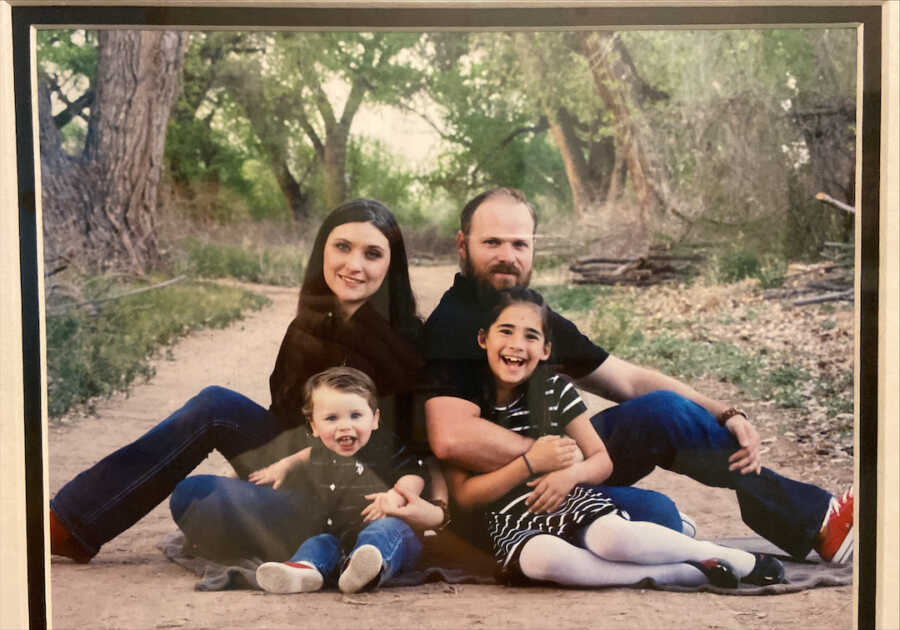
The doctor turned on music in the operating room, which always calmed Lauren, and the team worked while humming along. Late on August 8, their son was born. Three years later, another surprise: a second pregnancy and another boy. Lauren kept up the vitamins and tried to live as healthily as possible. She calls the outcome a mix of caring for her body and the grace she can’t measure. If she could talk to her younger self, she’d say: Find your people sooner. There are communities online for both adoption and infertility; join them. Do your homework and bring thoughtful questions to a doctor who understands PCOS.
Go to therapy early. Make time that belongs only to you. Step toward others who are hurting; even one message can help someone stand up again. And to everyone offering comfort, she’d add that kind words matter, but please skip the lines “Just relax” or “You’ll get pregnant after you adopt.” Families are formed in many ways, PCOS doesn’t have one ending, and platitudes can sting more than they soothe.
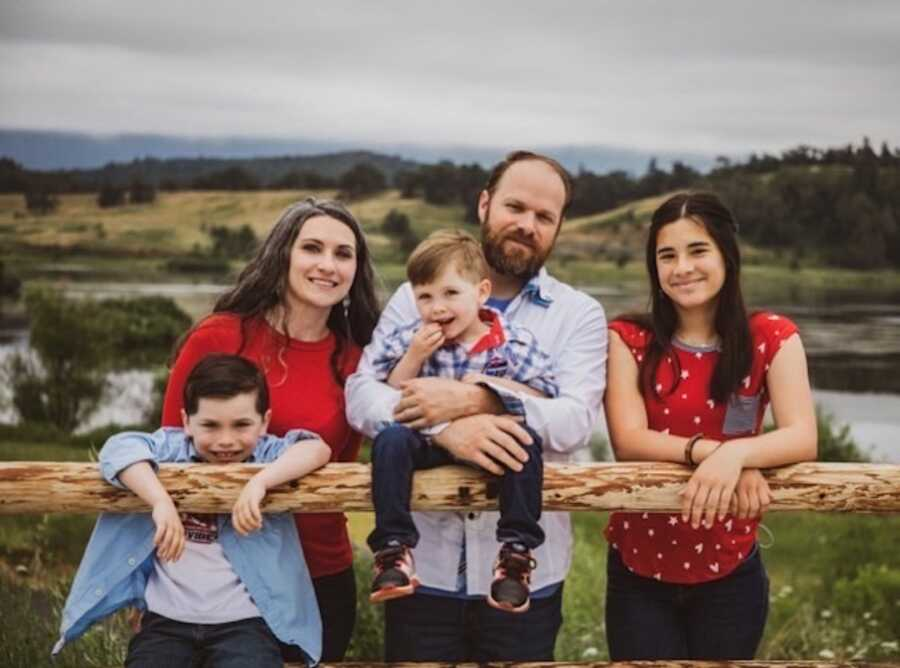
Lauren and Josh are parents through adoption and birth, and all three of their children are theirs in every real way that counts. The road there was long, crowded with paperwork, clinics, quiet heartbreaks, and small rescues like a nurse at an empty desk and a song playing in a bright, cold room. What lasts is the family they built and the compassion they learned along the way.
